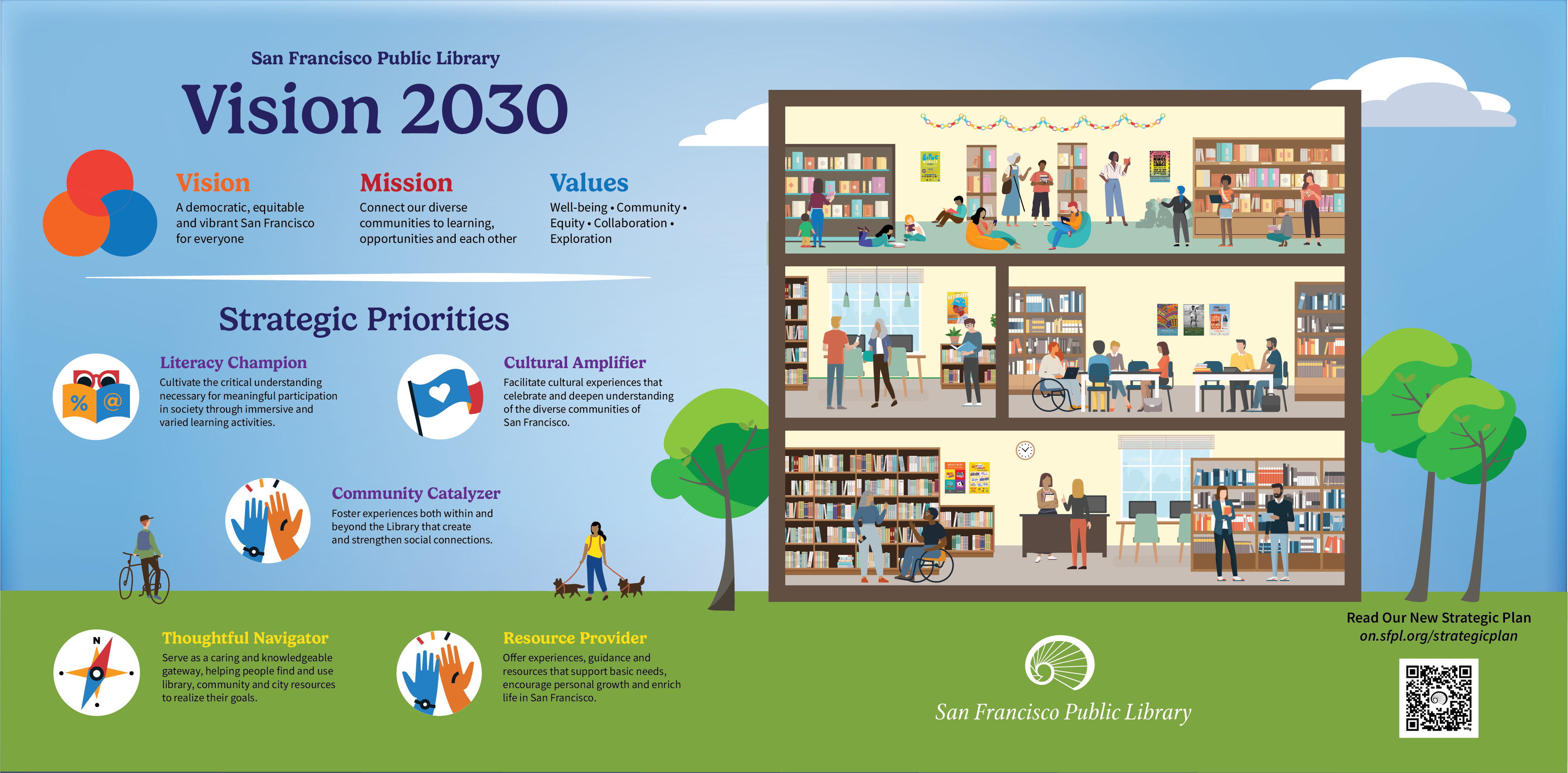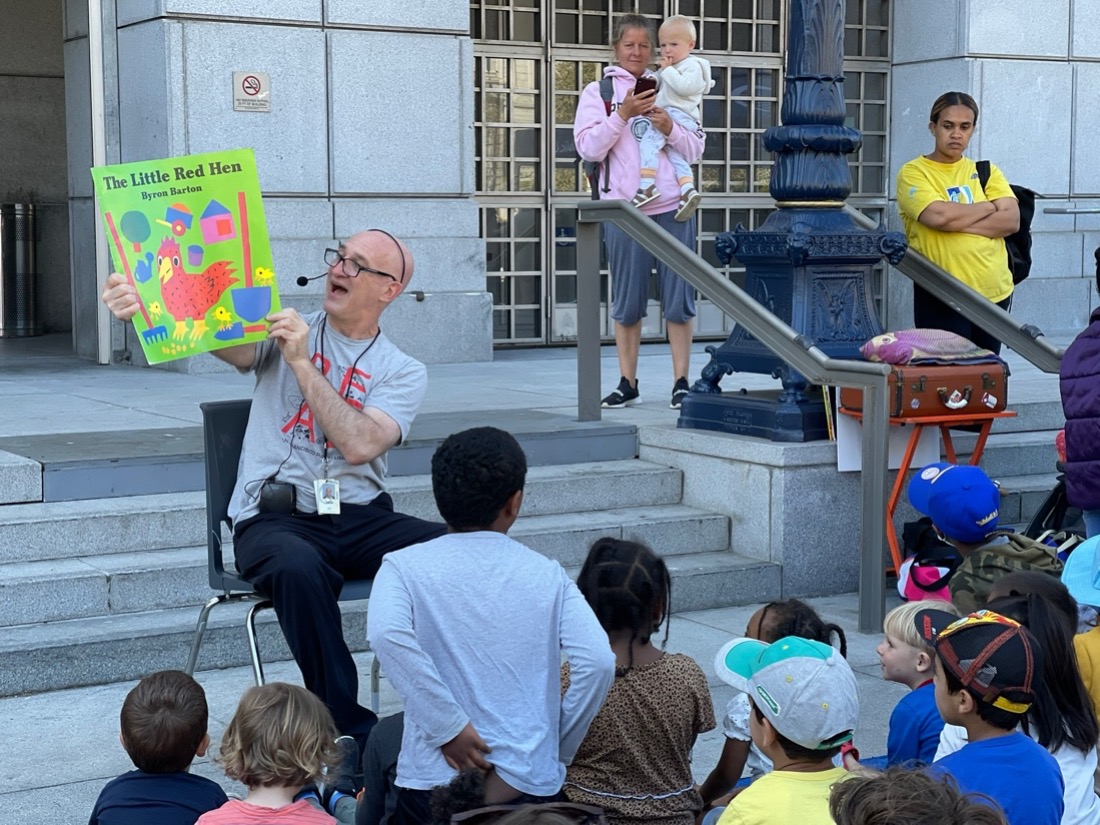As we turn the page on the first quarter of the 21st century, San Francisco Public Library (SFPL) embarks on a pivotal transition in our organization’s history. This important milestone marks the introduction of a new mission and strategic framework. Founded in 1879, SFPL is one of the longest continuously running institutions in San Francisco with a successful track record of providing access to robust collections and highly trained and skilled staff. SFPL’s mission statement was last revised in 1996, when we celebrated the opening of the new Main Library. Since then, the Library has witnessed extraordinary growth in utilization, patronage and innovation in how our patrons consume information and engage with a full range of library services. In recent years, as one of the highest-rated city departments in San Francisco, SFPL has expanded services to address a more complex and dynamic environment with ever evolving demands on our trusted institution.
With the twenty-five-year renewal of the Library Preservation Fund by San Francisco residents in November 2022, the Library aspires to be essential stewards of the community’s resources and is well positioned to continue delivering a high level of service in meeting some of our community’s most pressing needs for generations to come. This new strategic plan represents the culmination of a year-long effort to capture the aspirations of the community and engage every segment of the Library’s workforce and will guide the direction of SFPL’s service delivery for the remainder of this decade and beyond.
To inform our new strategic plan, SFPL worked closely with a team of strategy and industry experts to conduct hundreds of hours of in-depth community and staff engagement sessions. We solicited feedback from a diverse range of San Francisco residents and stakeholders— prioritizing high-need communities in our approach—by conducting surveys and focus groups in every supervisorial district and at each of our 28 physical locations. This community input shaped our vision and every facet of our updated strategic priorities.
Through this extensive collaboration, we have designed our mission to better reflect the myriad opportunities to meet our residents’ needs for library programs and services. San Francisco Public Library endeavors to connect our diverse communities to learning, opportunities and each other as we support a democratic, equitable and vibrant San Francisco. Moreover, we are embracing a new set of core values and strategic priorities aimed at enhancing our services to better meet the changing needs of our community.
This plan will act as a living document which will help us bring future service initiatives to reality, improve the quality of life for all San Francisco residents and maintain SFPL’s position as an industry-leading urban library. While this document lays out our roadmap for the future, it is flexible and will evolve as the needs of our community change and new opportunities arise. This plan will guide all decision-making and resource allocation, as our staff adopt new models of service to operationalize our strategic priorities and fulfill our mission.
With the completion of our strategic planning process and the approval of this plan by our San Francisco Public Library Commission, I welcome our residents, community leaders, and staff to embrace this moment and participate in the exciting next chapter of our beloved institution. I look forward to ushering in the future of the mighty San Francisco Public Library in partnership with all of you. Thank you San Francisco for your continued patronage and stalwart support of our library system.
In community,
Michael Lambert
City Librarian
San Francisco Public Library
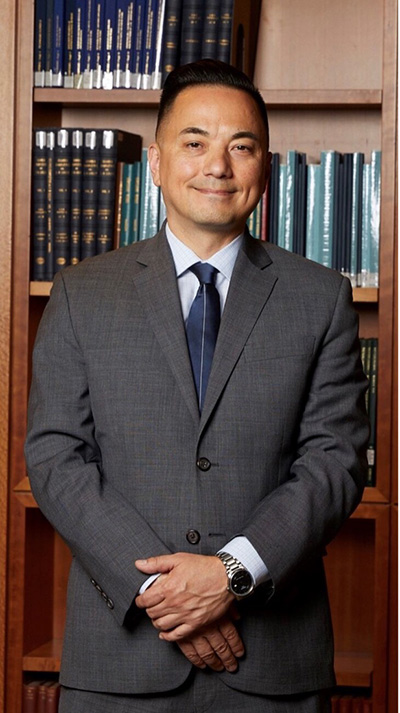
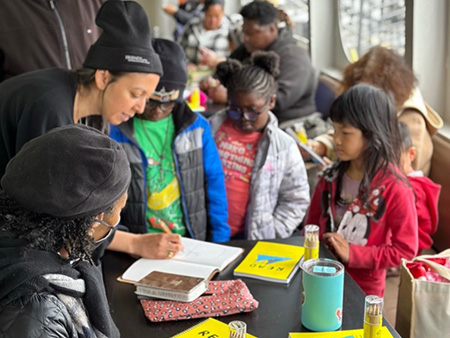
San Francisco Public Library is proud to unveil our new Vision, Mission and Values, which will guide everything we do and all our offerings and interactions with the community.
Vision: Our vision represents our aspiration for the future of San Francisco and desired community outcomes resulting from our efforts.
A democratic, equitable and vibrant San Francisco for everyone.
Mission: Our mission details what we will do to achieve our Vision for San Francisco. Our Mission represents the purpose of the Library based on our role in the community.
Connect our diverse communities to learning, opportunities and each other.
Values: These values guide our behavior and beliefs within the Library and towards the communities we serve.
Well-being
Community
Equity
Collaboration
Exploration
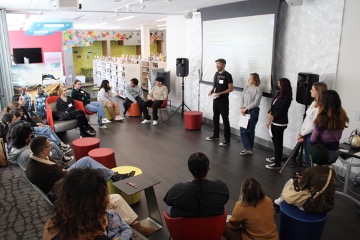
In addition to our new Vision, Mission and Values, SFPL has developed new Strategic Priorities and Organizational Shifts that will help shape our offerings for the community as well as supporting our internal organization.
Strategic Priorities: These are the roles we will embody as an organization to best serve the community in alignment with our Vision, Mission and Values.
Literacy Champion
Cultural Amplifier
Community Catalyzer
Thoughtful Navigator
Resource Provider
Organizational Shifts: These guidelines inform how we will evolve the Library internally to realize our Strategic Plan.
Promote Well-being and Safety
Prioritize the Community
Adopt a Growth Mindset
Embrace Collaboration
Proactively Connect
Infuse the Spirit of SF
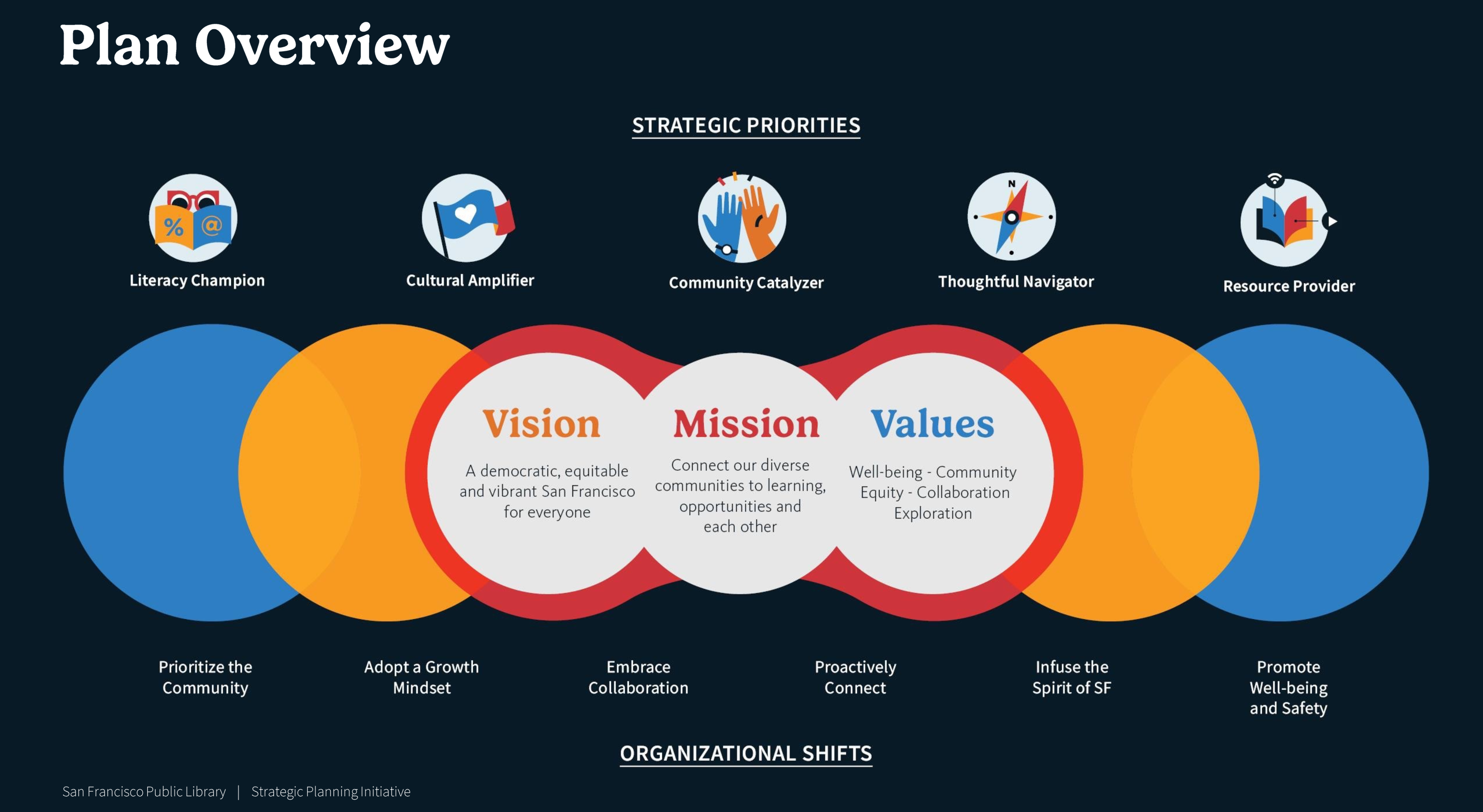
In January 2023, SFPL contracted with Gensler as the lead consultant for this Strategic Plan. Gensler is a global strategy, design and architecture firm founded in San Francisco, California, in 1965. In addition to Gensler, the team is made up of a team of national and local experts to tap into industry trends and local community vision. The team members and their roles are listed below:
Gensler: Lead Consultant, Project Management, Strategic Plan Development
Margaret Sullivan Studio (MSS): National Library Expert, Staff Engagement Workshops, Strategic Plan Development
Harmonic Design: Staff Engagement Workshops
Contigo Communications (Micro Local Business Enterprise (LBE)): Community Engagement Focus Groups & Facilitation
Corey, Canapary & Galanis (Micro Local Business Enterprise (LBE)): Quantitative Research & External Surveys
Throughout the duration of the project, an internal SFPL SPI project team is working together with this team of consultants. Each week, the consultant team meets with the SFPL SPI Working Group to manage process and deliverables. On a monthly basis, the consultant team also meets with the SFPL SPI Steering Committee to provide guidance on the overall strategic direction of the plan. Periodically throughout the year-long project, the consultant team also presents to the SFPL Commission. Notes and agendas from Commission meetings are publicly available here on SFPL’s website.
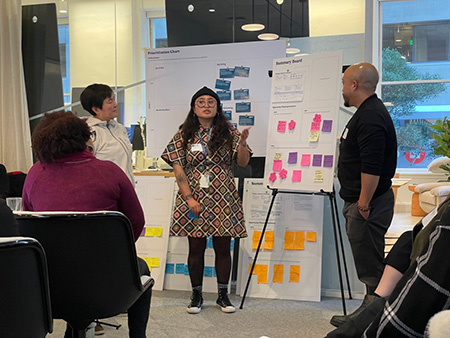
Project Timeline
Strategic work was conducted in four phases over 14 months. The phases of the project include:
- Phase I: Launch - Winter 2023: Set up the Strategic Plan project for success
- Phase II: Discover - Winter/Spring 2023: Engaged with staff, community members and partners. Utilized quantitative data sources to understand SFPLs' current state and desires for the future. Developed insights to inform future phases.
- Phase III: Sensemaking - Fall 2023/Winter2024: Used insights from the Discover phase to develop, workshop and iterate around strategic plan recommendations
- Phase IV: Final – Sprint 2024: Documented Strategic Plan for implementation.
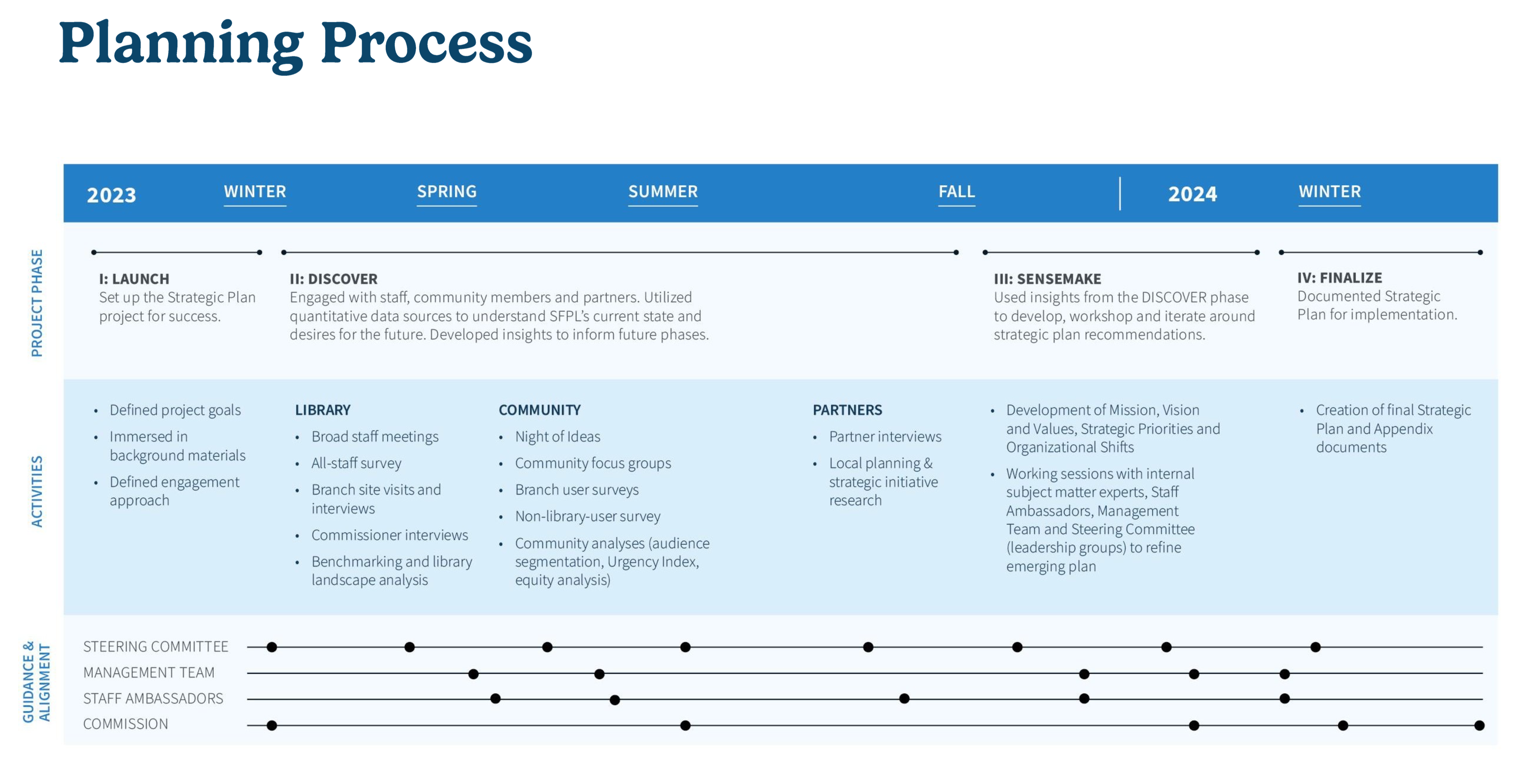
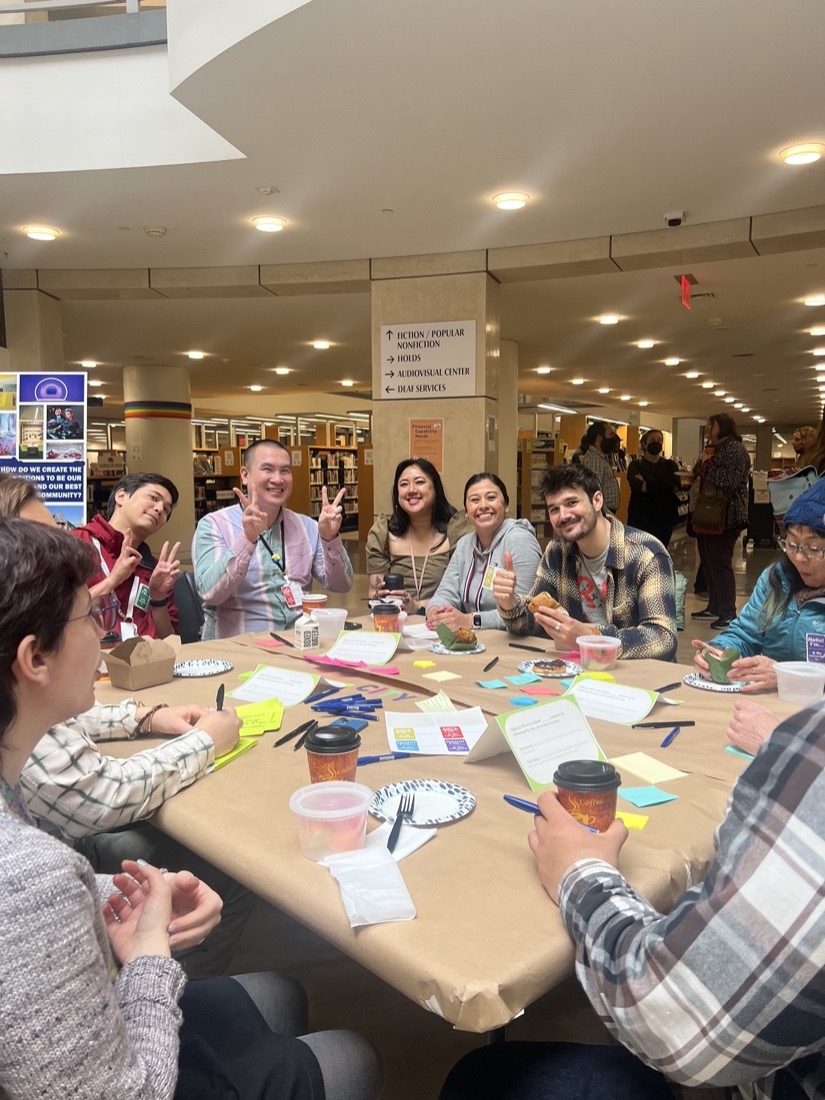
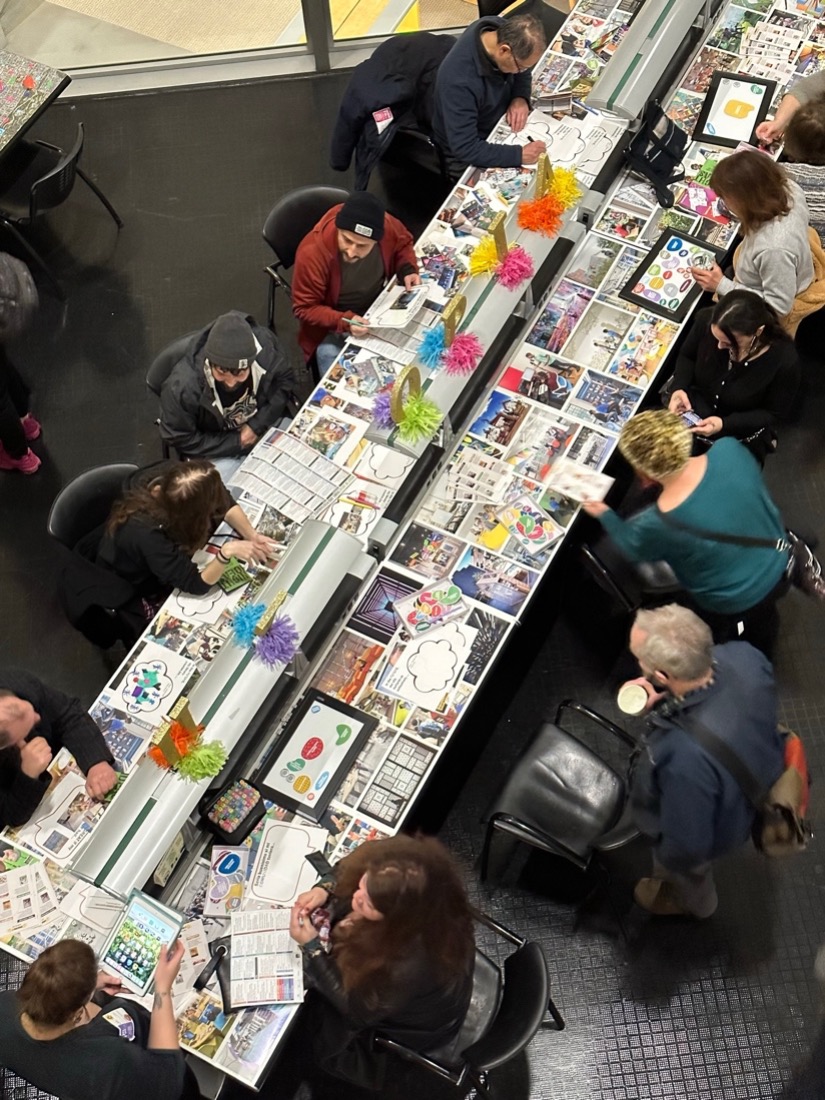
To inform the future of the Library, the Strategic Planning Team worked with four core groups, informing and guiding the plan’s development in various capacities.
Community
- 9 Branch tours
- Tours and conversations with staff at each branch around specific community needs and opportunities.
- 2,283 Branch User Intercept Surveys
- Conducted in 5 different languages (English, Chinese, SPanish, Russian and Tagalog) at all 27 branches and the Main during open hours, varying days of the week and time of day.
- 19 Community Focus Groups
- Included people who live in all 11 districts as well as priority populations. Worked with the Philip Randolph Institute, Chinatown Community Development Center and the Youth Arts Exchange to support recruitment from priority populations:
- Teens
- Residents with Disabilities
- Chinese Speakers
- Filipinos
- Spanish Speakers
- Parents
- Elders
- Black/African American Residents
- Included people who live in all 11 districts as well as priority populations. Worked with the Philip Randolph Institute, Chinatown Community Development Center and the Youth Arts Exchange to support recruitment from priority populations:
- 604 Non-Library-User Survey Responses
- Utilized data from the 2023 City Survey which had a total of 2,530 respondents and 604 non-library-user respondents.
Partners
- 13 Interviews with City of San Francisco Departments
- City Administrators
- Dept. of Aging and Adult Services
- Dept. of Child Support Services
- Dept. of Children, Youth and Their Families
- Dept. of Early Childhood
- Dept. of Homelessness and Supportive Housing
- Dept. of Public Health: Office of Health Equity
- Human Rights Commission
- Human Services Agency
- Mayor’s Office of Housing and Community Development
- Planning Dept.
- Recreation and Parks Dept.
- San Francisco Unified School District
Staff
- 5 strategic planning workshops with 32 staff ambassadors
- Sessions included staff from across all parts of the organization and these meetings enabled co-creation of core elements of the plan with an emphasis on developing the new values
- 460 Completed staff surveys
- 15 staff meetings and workshops
- Various internal groups ranging in scale from 15 to 300+ people in all staff meetings
- 5 Subject Matter Expert staff work sessions
- 32 Working Group Meetings
- 9 Steering Committee Meetings
- 5 Management Team Meetings
- 7 Commissioner Interviews
- 5 Commission Presentations
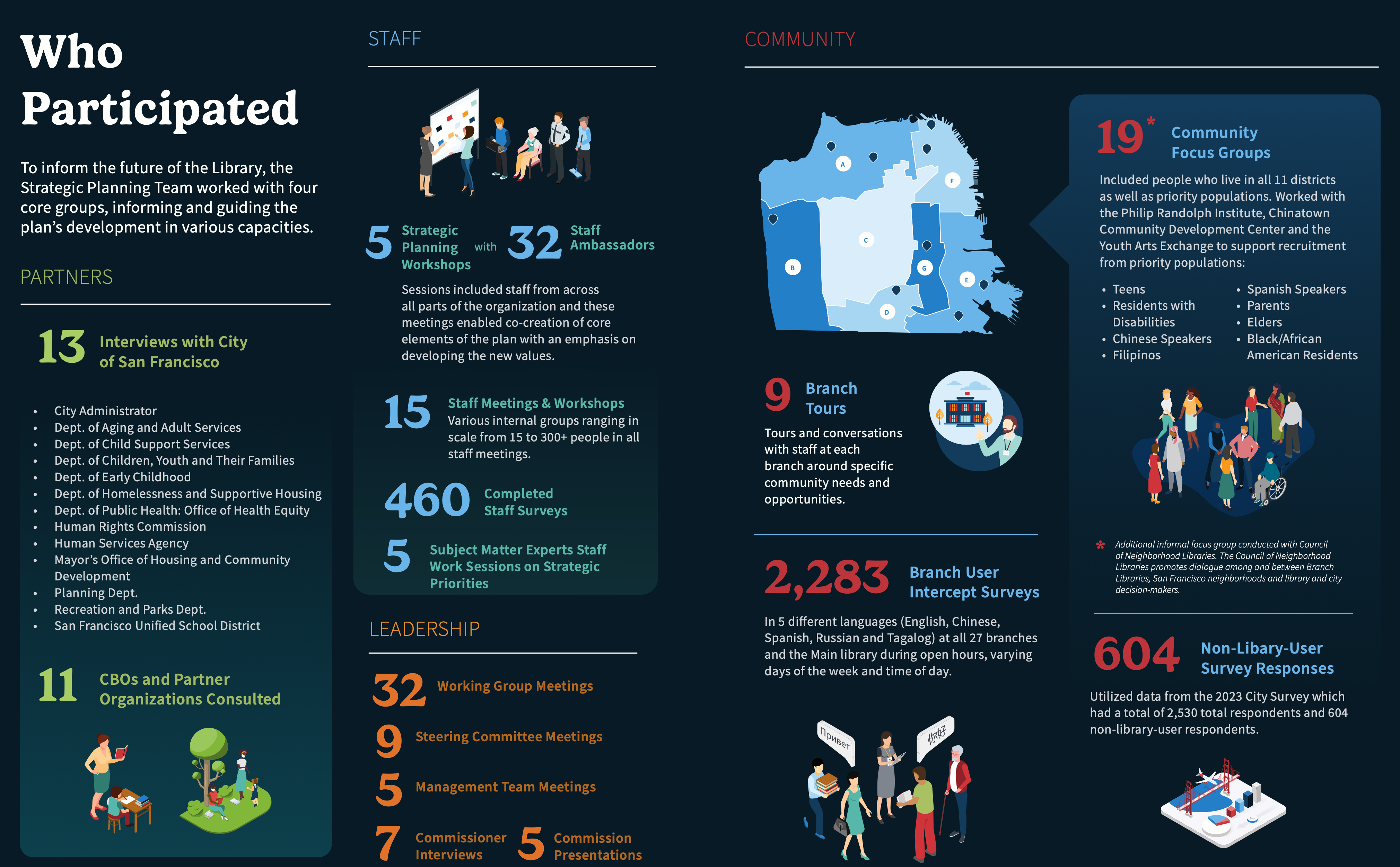
For more information regarding our engagement efforts and findings, please read through SFPL’s Strategic Plan Appendix:
The download links below contain previous SFPL Commission presentations given related to the Strategic Planning Initiative:


